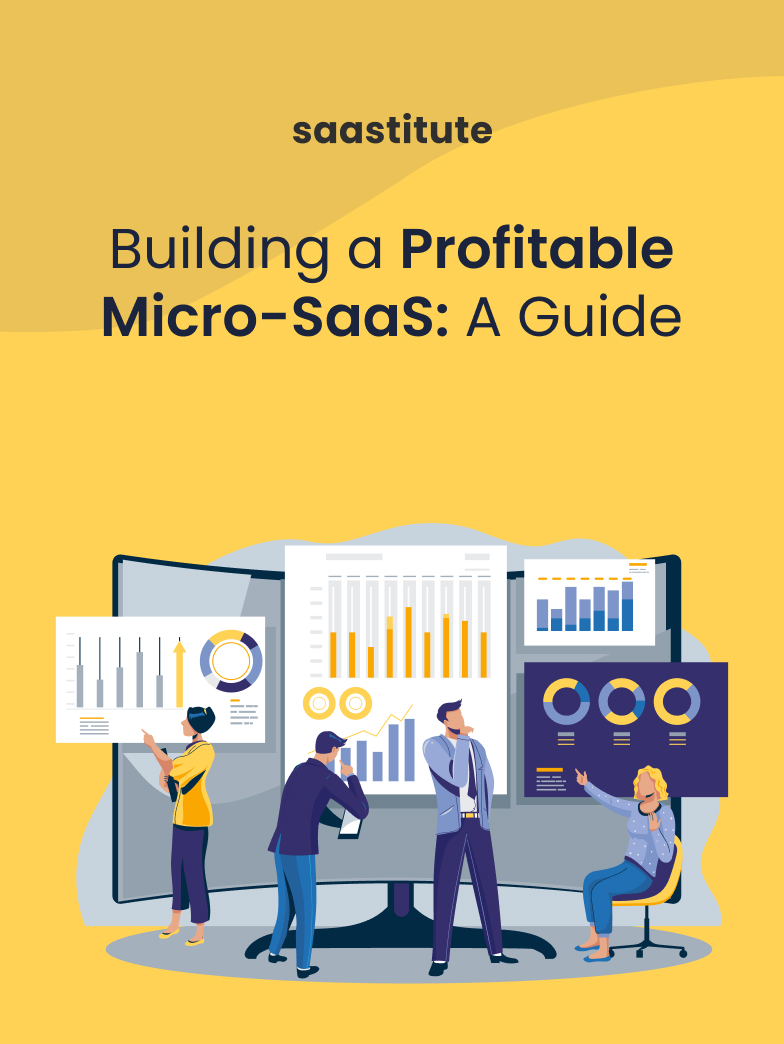Go-to Guide for Excellent Microcopy
Like any other form of writing, effective microcopy too takes research and originality. The tiny words can make or break your users’ experience and therefore, deserve your care and attention. Here's how you get microcopy right.

A great design can attract more visitors to your website, but it cannot make them stay for long. What it needs are words. Words that will lead your website visitors.
Microcopy, aka tiny words that have a huge impact, includes Call-to-Action buttons, error messages, confirmation messages, etc.
Imagine going on Twitter or Facebook or Instagram to make a new account without any written instructions. Where do I enter my email? How do I set a password? What’s the next step? Microcopy answers all these questions to guide the users throughout their navigation journey.
Excelling at UX copywriting is, in our humble opinion, one of the most challenging things. If you thought writing 1000 words for a blog piece or a weekly newsletter was difficult, we have news for you. It is nothing compared to UX copywriting.
Here is a checklist with some tips to keep in mind when writing microcopy:
Make your microcopy snappy.
Let’s get the first obvious thing out of the way. Whatever you write needs to be short and crisp. It is called ‘Micro'copy for a reason; you literally don’t have the space to write too much. Also, your end-user does not have much time and attention, so let us all save each other’s the labour of writing and reading elaborate text
All editors know the feeling well; condensing your sentences is like discarding your favourite piece of clothing that does not fit you anymore- it’s difficult but inevitable.
Most people who end up on a landing page skim through the copy. Does that make microcopy insignificant? Quite the contrary, actually. With microcopy you do not have the space to mess around with long sentences. If you want your copy to do its job, it needs to make an impact at first glance.
A good call-to-action (CTA) is the key to increasing conversion rate, generating leads, and sales. Here’s an example of how a lot can be conveyed in a few words:

Keep your microcopy simple and jargon-free
If someone has to search the meaning of words they see on your website, you need to reconsider your choice of words. Keep your UX copy simple, easy to read, and, most importantly, jargon-free. Not everyone who visits your website knows what “authentication error” means, but they know “incorrect password”.
We should try to avoid technical terminology at all costs. Instead, include words used in day-to-day conversations.

Understand user intention to elevate use experience
To elevate the ‘user’ experience, we need to understand the ‘user’ intention. There are two sides you need to consider. Hear us out. First, you need to think like your target audience. What will they be looking for when they stumble upon your page? What are their concerns? How can you solve them?
Secondly, you need to think about the features towards which you want to bring their attention. What do you want to show them? Find a balance between what your user wants and what you want.
Your words will lead your users to their (and your) desired destination. Think of your microcopy as an omnipresent guide; it should be able to answer your user’s questions before they even think of them.
Check out Airbnb. Was putting “location” “check-in” enough? Maybe. But adding subtext “Where are you going” and “Add your dates” leaves no room for confusion.

Solving user concerns is one of the most important and best ways to increase conversions. As someone who has been a victim of online scams once or twice, let me tell you, it’s no fun. I now live in perpetual fear of hitting the wrong button and getting charged for a service I still wanted to explore more. Here’s where tiny words can have a significant impact.
Let’s look at Airbnb once again. Adding “You won’t be charged yet” will encourage users to continue browsing.

Get creative with your microcopy
The purpose of microcopy is to elevate the user experience and facilitate a seamless user journey through your website. The goal is to get your users to their desired destination with as little friction as possible. That being said, you can always find room for some creativity when it comes to UX copywriting. Yes, your microcopy has to be to the point, clear, and functional. But it can also be fun without comprising the overall objective.
Richard Sison curated some of his favourite microcopy examples in his blog Good Microcopy. Vision's use of “Hold me closer, tiny actions” makes a great example of how you can be a little cheeky with your copywriting, if you know your audience well.

Be careful while using specific cultural references, especially if you host a global audience. It might be obvious to some while the rest of your audience will be left scratching their heads. We don't want to isolate them now, do we?
Brand voice matters
When a user lands up on your website, your copy is the only thing there to guide them- something we have been trying to say from the beginning. Since your microcopy is literally the voice of your brand, you have to let it speak to your users directly. Instead of using generic CTAs (though sometimes they are unavoidable), try to create a distinct persona with your microcopy. Using the user’s language can help with recall value of your brand and also create a rapport with your audience.
Here is another example from Good Microcopy that shows how you can use clever micropy effectively without sacrificing clarity.

Don’t be sloppy with your microcopy
Like any other form of writing, effective microcopy too takes research, a lot of time (stress on a lot), and some originality. The tiny words can make or break your users’ experience and therefore, deserve your care and attention. As we mentioned in the beginning, a good design (while important) can only take you so far - it’s the microcopy that carries the weight on its shoulders.
What are some of your favourite microcopy examples? Share with us.














.svg)


